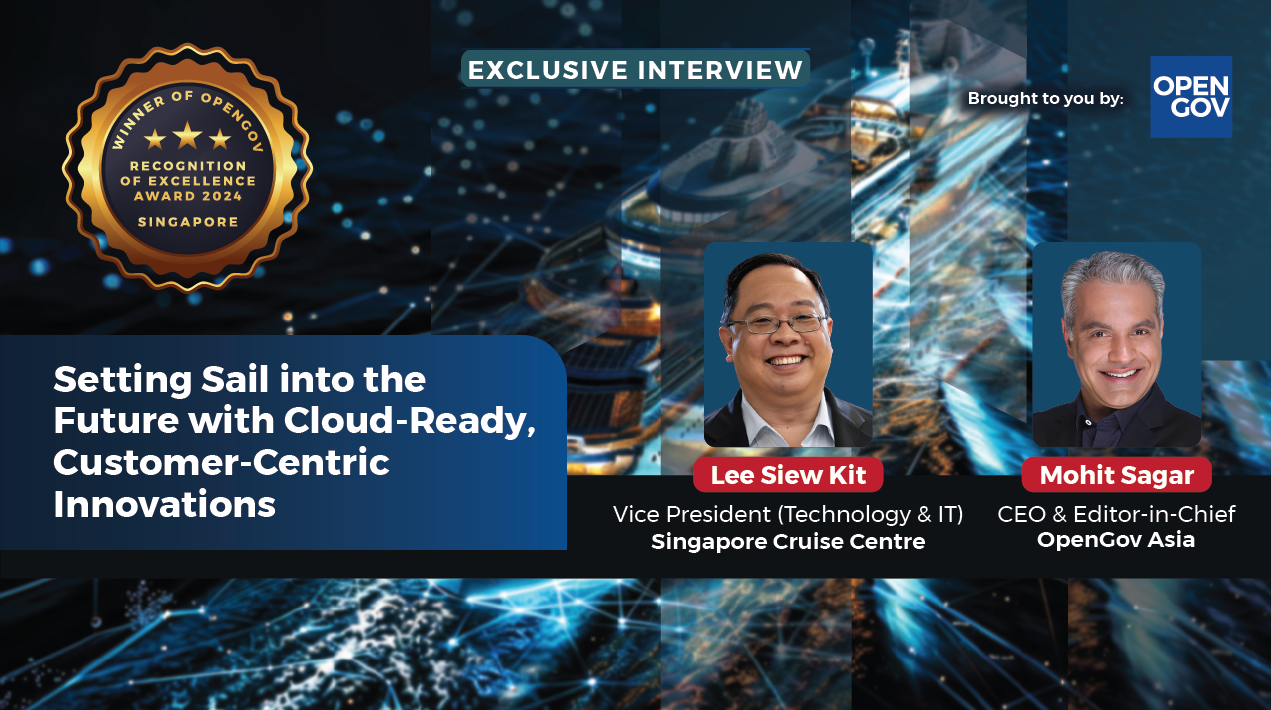
The production and import of phones using 2G and 3G technology will stop from the beginning of July, according to a new circular from the Ministry of Information and Communications (MIC)
Circular No 43 about national technical regulations on terrestrial mobile communication equipment, which takes effect from 1 July, states all mobile phones manufactured or imported into Vietnam must use evolved universal terrestrial radio access (E-UTRA) or 4G technology.
This means all mobile devices with simply 2G, 3G, or combined technology will not be produced and imported into the country. The ministry notes that phones that were produced and imported before July will still be allowed to be sold.
The circular is considered a step towards turning off 2G in the first quarter of 2022 as well as a part of the programme to universalise smartphones. Previously, Hoang Minh Cuong, Director of the Telecommunications Department under MIC, said that the production of phones with 2G technology had decreased significantly. The number of phones fell by 6-7 million units from the end of 2019 to the end of the third quarter of 2020.
Cuong said that the other 12 million phones were expected to be wiped out in the first quarter of 2022. Vietnam aims for all residents to use smartphones by 2025 with the strategy of providing Made-in-Vietnam smartphones costing less than US$50. Many phone producers and network providers have signed up for the plan.
Vu Hoang Lien, President of the Vietnam Internet Association, said that the universalisation of smartphones was a bold effort to promote national digital transformation, the digital economy, and e-government. A market research study by Adsota showed that about 44.9% of the Vietnamese population used smartphones in 2020. Vietnam was piloting 5G services and targeted to universalise 5G in the 2023-25 period.
As OpenGov Asia reported earlier, MIC placed the commercialisation of 5G and smart cities at the top of its priority list. Moreover, within the final months of 2020, all three major mobile carriers in Vietnam announced trials of commercial 5G services, making Vietnam one of the first countries in the world to roll out the latest generation of wireless technology. This is expected to boost the digital economy.
Unlike previous technologies most of which had to be imported, Vietnam has gradually mastered and is now capable of producing 5G equipment, a strategically important step in Vietnam’s development of information and communications technology. State-run enterprise Viettel was the pioneer in announcing commercial 5G trials in late November with coverage in the Hoan Kiem, Ba Dinh, and Hai Ba Trung Districts of Hanoi. Owners of 5G-enabled devices can now use the service for free at a speed of up to 1.5 gigabits per second, far higher than 4G.
Further, with exceptionally fast speeds, low latency, and high density (up to one million devices in one square kilometre), 5G is expected to revolutionise the fields of advanced technology, healthcare, transport, and education. It will lay the foundation for Vietnam to master and apply new technologies as well as succeed in its national digital transformation drive.
















